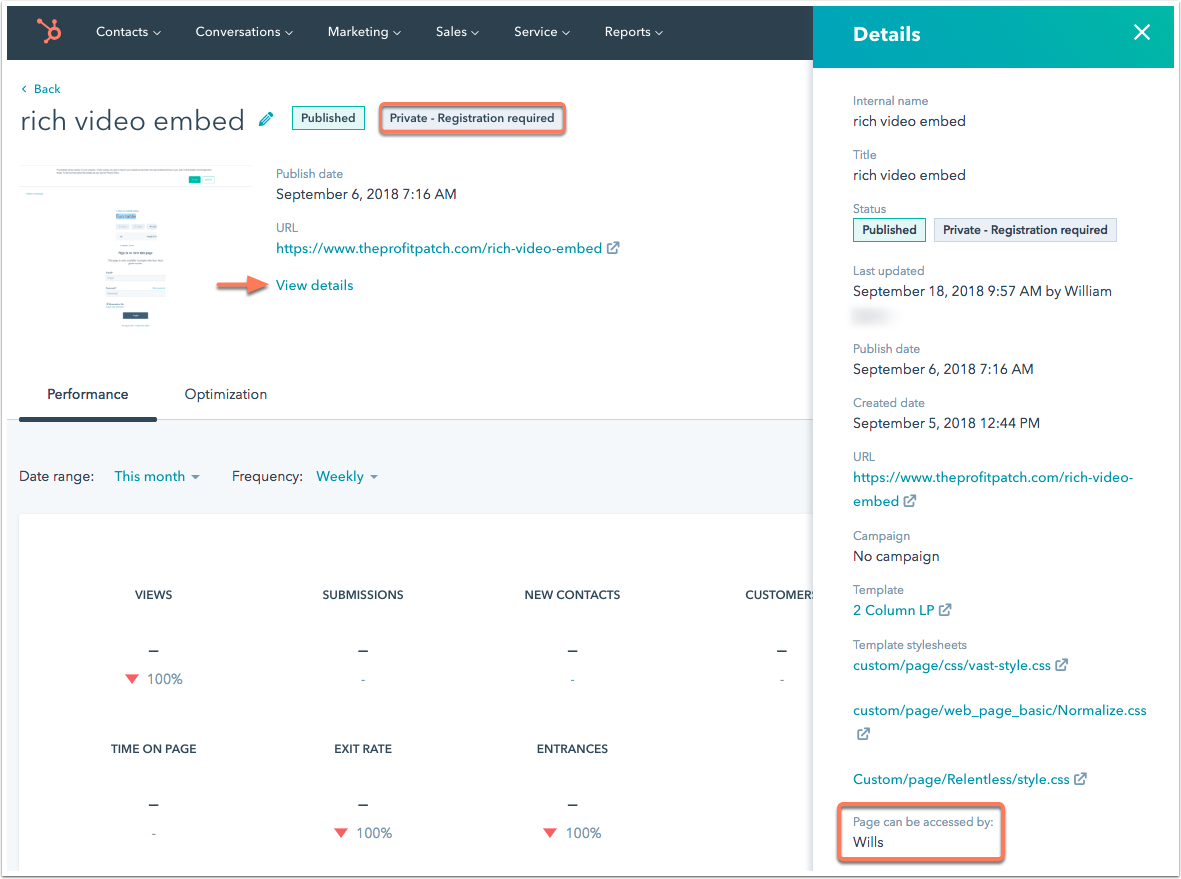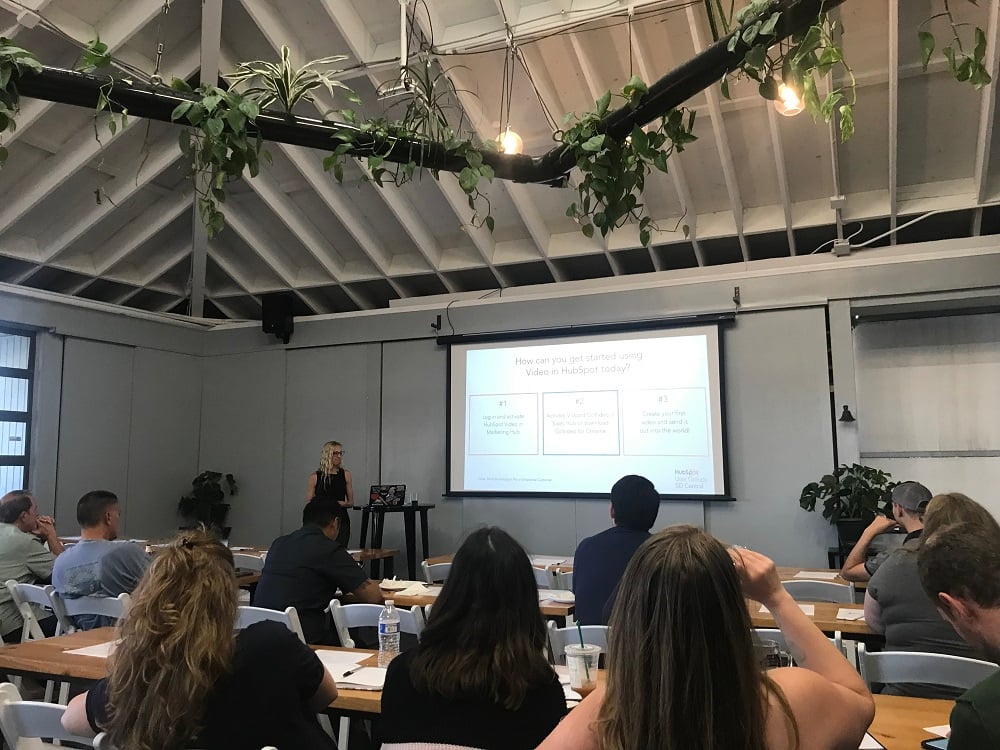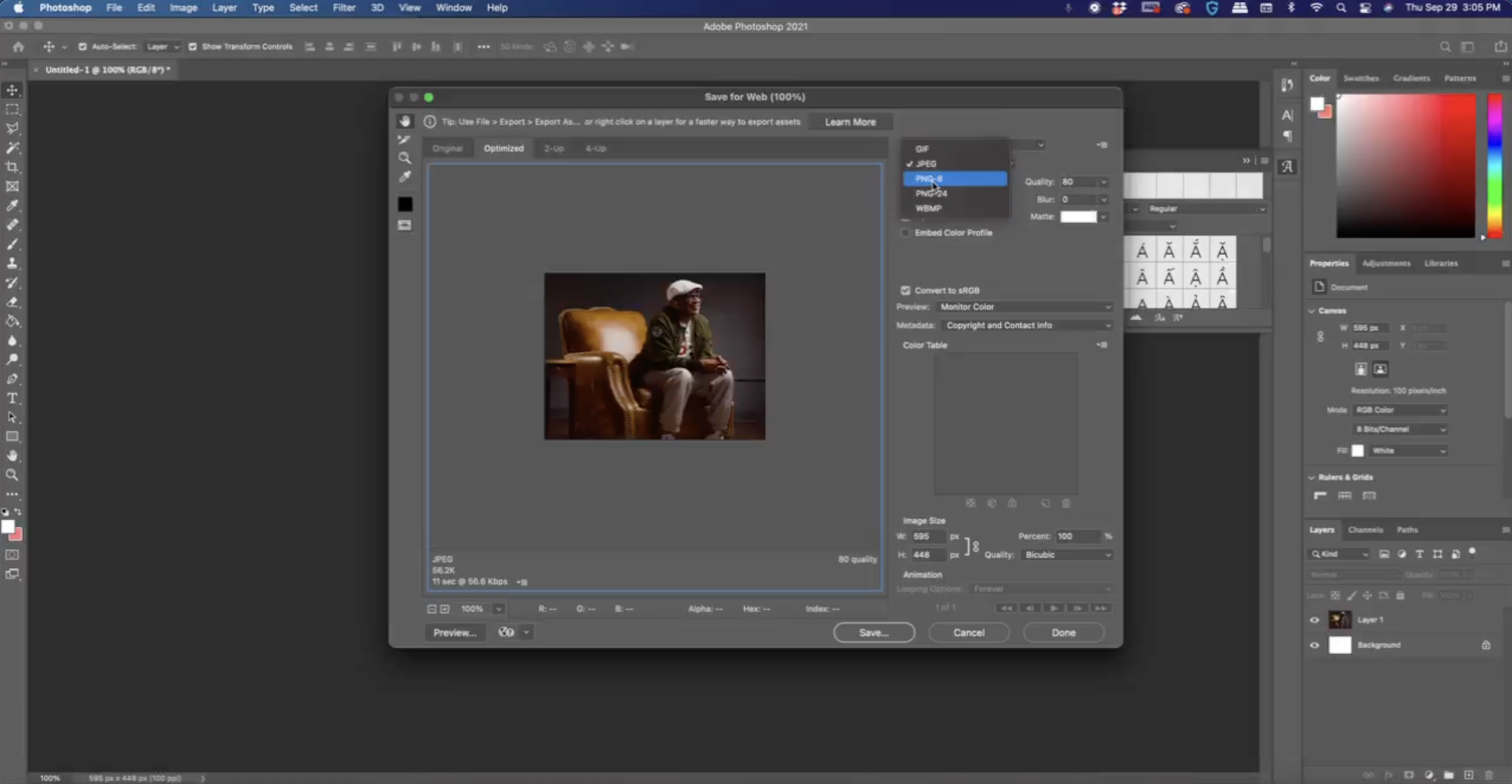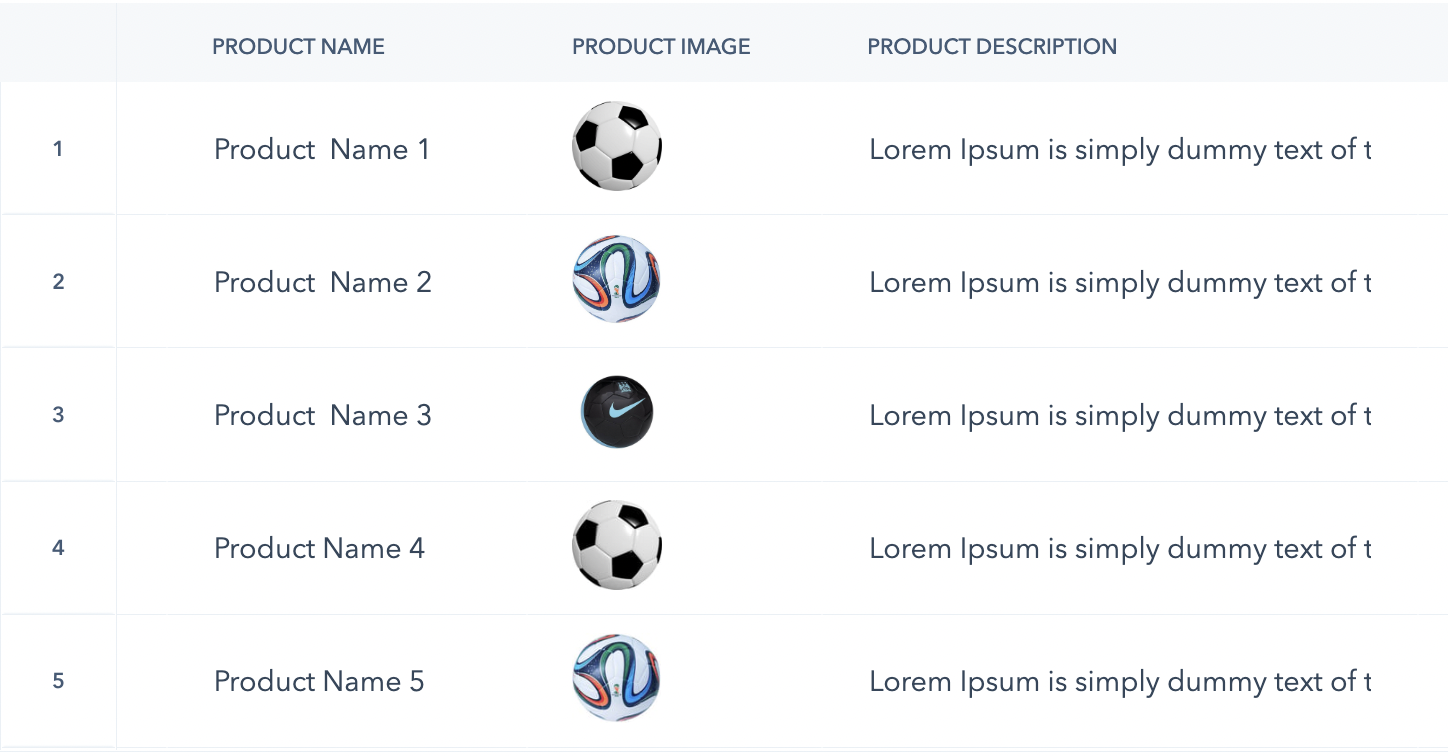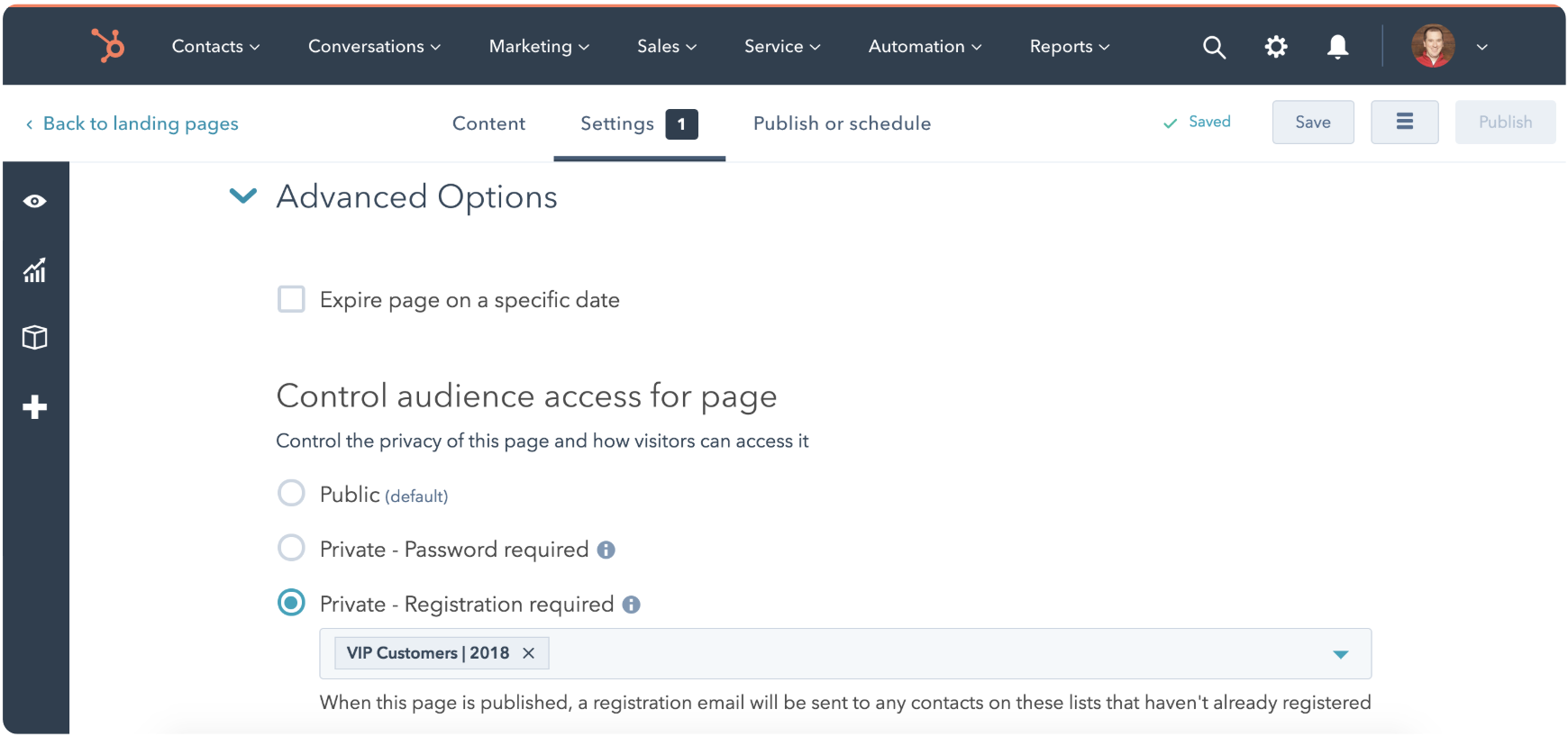A significant theme from INBOUND 2022 was community-led growth being the next big wave 🌊
Both Dharmesh Shah and Brian Halligan made it a point during their keynote to speak about the importance of strategizing and building a community for your business.
Intentionally, it seems, HubSpot offers the perfect tool to host a community: a gated, private user portal. Today’s video highlights this tool and how it can be implemented in your HubSpot portal!
In this HubSpot Tips & Tricks video, we'll discuss Membership content, a feature available in HubSpot CMS Hub Enterprise at the time of this publishing.
Disclaimer: HubSpot & INBOUND own all rights to the INBOUND clips included in the video.
TRANSCRIPT
Hey LinkedIn. Happy Friday, happy last day of INBOUND. It’s Liam Redding, HubSpot Strategist with Remotish agency. And I'm coming here today on this Friday to do a really fun highlight of a tool that's available in HubSpot. I think it’s very relevant to a lot of the conversations that have been had at INBOUND so far this week. So I wanted to go over private content.
It's a really amazing, powerful feature that HubSpot offers. And I don't think we've talked about it enough. I haven't seen enough content about it. And it's relevant. It's super relevant to building a community. And that's been one of the biggest takeaways that I've had from INBOUND is that the next wave of marketing, the next wave of growth for companies is to really get serious about your strategy for community-led growth. So, let's take a listen into some of the HubSpot leaders. We're gonna listen to Brian Halligan, who is the former CEO, as well as Dharmesh, who is the current CTO, about their thoughts around community-led growth.
Community-Led Growth
At HubSpot, many of your companies likely had a similar evolution. It starts with sales-led growth. That's just a person selling to another person. In the early days of HubSpot, Brian was doing all the selling so for us, it was Brian-led growth. And the value sales added to the process was consultation. The best salespeople consult with customers, help them understand their challenges and connect them to possible solutions. Then came marketing lead growth, the value being added here was content: things like blogs and white papers and videos. This didn't replace sales, this fueled sales. And then there was product lead growth, value here, code. In HubSpot’s case, we have our free CRM, and our free suite of connected applications. And now, there's community-led growth. It's the new kid on the block. And it has all the right stuff. You just have to take it step-by-step. Thank you. The value added with community is connection.
In terms of what's next, I actually think Dharmesh nailed it today, where you have content marketing, inbound marketing, conference, call content marketing, make it easy. You have product-led growth, and now we're going to have community-led growth, I think it's the next cool kid in town, I think it works. I think decisions get made in communities, I think people are desirous of communities. And I think that's the next big wave. Sales, and then it was content marketing, inbound marketing, product-led growth, community-led growth, that's sort of the wave. And so to the extent you guys can pull it off, you guys and gals can pull it off, try to create your own community, I don't know if it's as big or it's nascent, but we think you can pull it off, I think that's the next wave.
So there you have it, two of the greatest innovators, the minds that created HubSpot: they think that the next wave of marketing, the next wave of business is community-led growth. The most ironic thing about that is that they've created the perfect solution to essentially create and host content for a community. And that's through private content.
So I'm gonna go over private content today, I have a really badass project that I've been working on, supported by an amazing team of developers and marketers that are helping enable me to, to create this, and it's the final product is going to be amazing and very excited to hopefully one day, you know, do a case study on that. But in the meantime, I just wanted to go over this to show you the possibilities. You know, this is a big trend that's coming out of INBOUND. And I think this is a tool that's not talked about enough. So I want to go over private content, how you would go about building out that solution in HubSpot, and all the things that you need to take into consideration when doing so. And the thing about it is why would you, you know, you may ask, why would you come out and give everybody the solution if that's what Remotish, you know, sells? Anybody can, you know, build out this infrastructure. The pro and the con of private content is that you have full ability to customize the user experience, you know, because you're starting from scratch. You have to develop the solution yourself. That's the pro, but the con then also is you have to develop everything yourself. So we have an amazing team of developers at Remotish. And if anybody is looking to build out some kind of gated private content User Portal, then there's no better team to support you than ours.
How Does Private Content in HubSpot work?
So I'm gonna go through a quick demo of how private content works and everything that you need to know about it. So every page is going to have a setting that you need to set. And it's this, under Advanced Options of the Settings tab: private registration required. And you need to choose a list. So the way this works in HubSpot is that anybody who's enrolled in that selected list will be sent a registration email, once this page is published to a connected domain. So it has to be a public domain. If you were to try to test on a sandbox domain, like the HS dash, whatever domain, it's not going to actually allow you, it's not going to ever fire out the registration email, therefore, you're never going to be able to sign up and get access to it.
So in order to do testing, you need to publish it to a live site. And then you can use these lists to control access. So here we can see I have community members - master list, and we'll go over the list strategy momentarily. So the other settings that we need to be aware of–and these are the ones that actually control all the content–are in the Settings tab. And then you scroll down to Website and at the bottom down here where my image is covering it says Private Content. So here's where you would set your community admin. And then you would put your company or community name. These are the destinations that you want to redirect to after somebody registers, signs in, or signs out. They come with default assets, nut you definitely want to customize these, like adding headers and footers and making sure you know, meet your brand standard and everything like that.
But you also then have the registration invitation email. So that's going to be the email that's sent out after they become a member of that list, once it's published to a live site, the password confirmation email. So once they go through that registration, they fill out a form to create their account, it’s going to fire off an email to them, letting them know that their password has been set. And then a password reset email. So all these have default emails, again, you're going to want to develop your own, you can just create email templates and save them and populate them here. And those will fire off as transactional emails. Under templates, we have the registration page. And this is where they would create their password. And that's essentially the flow that happens.
There is a gated landing page that includes a registration form, we'll go over this registration form momentarily. Once they sign up on that form, the form is going to populate them into the master list. Based on the fields that are collected. There's one hidden field for the community member that marks them as Yes, look at that. So the Community Member is a hidden field. Member is yes, that's pre selected. And then which description best fits you. There's personas that they can choose from. And the reason why we built that in for this use case is because we wanted to use Smart Content to deliver customized experiences within the user dashboard.
So if we go back to the Settings, the user flow that occurs is they fill out that form, they become a member of the list. They're then sent a registration email. So it's that email that we just looked at. And that does take about four to five, anywhere from three to five minutes to send, which is something that can be improved upon on HubSpot side. If you request a password, like a new password, then that comes immediately. But the registration email does take a moment. And that email then gives you that user access to sign up. And unless you get that email, you are not able to sign up. So if you just randomly access that page by typing in the systems page URL, you wouldn't be able to sign up. So you have to have it delivered to your email, click the link sign up. And then you're taken to the sign in page where your information auto populates, click Login and takes you into the dashboard. We also have a password reset page so that when the password reset email is sent, tit akes them to this systems page. And none of these templates over here are needed. You don't need an Access Denied page because if somebody were to type in the gated URL, and it's not going to take them to an Access Denied page, it's going to take them to registration, the registration page.
If a user signs out again, it's going to take them to the sign in page. Actually, that's where it's going to take them and if it's Access Denied, it's going to take them to sign in, not register, and then on your sign in page you need to have a link that takes them to the landing page with the registration form that gates the access to the page and once they're upload into that list, it fires off the registration email where they can access this. And then the Create New Password page that is actually needed. Like the access denied and signup page are not. Just to be safe if you wanted to you could develop that.
